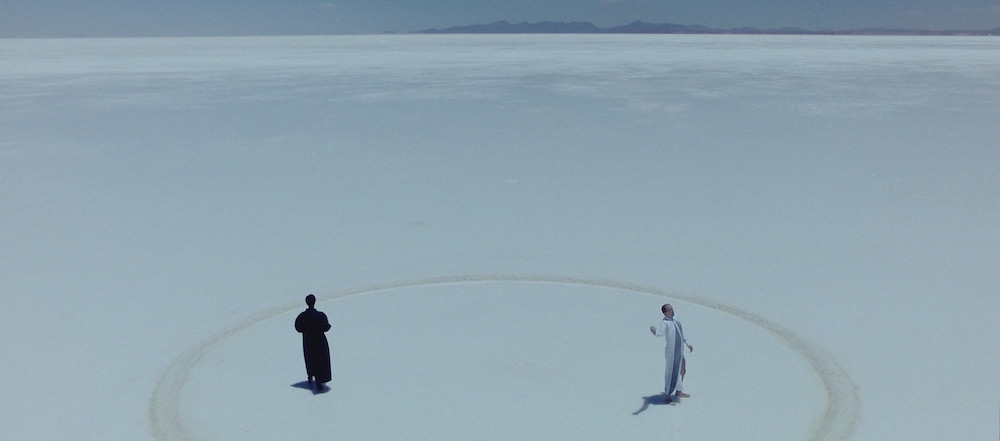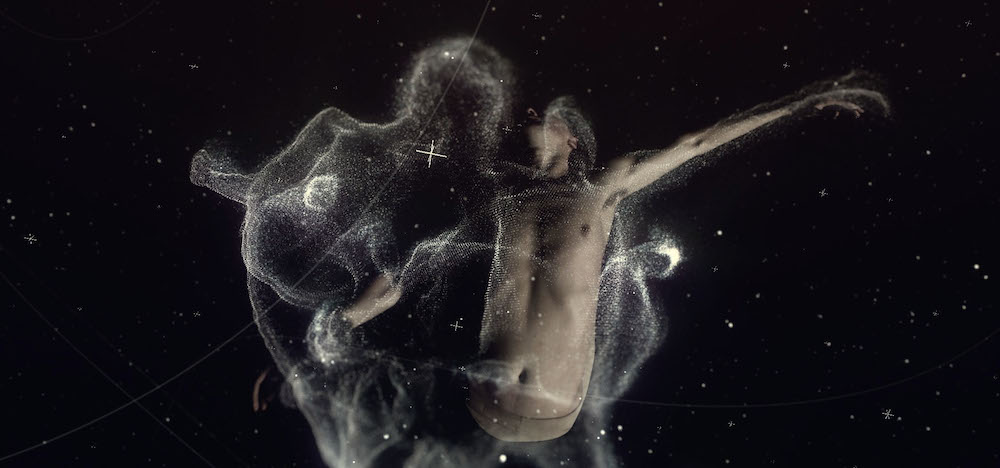Related post
Optical Illusions Blanket the Walls of Suriname
Dec 09, 2015
|
Comments Off on Optical Illusions Blanket the Walls of Suriname
2131
Theatre Book as a Gift on World Theatre Day
Mar 27, 2015
|
Comments Off on Theatre Book as a Gift on World Theatre Day
2378







